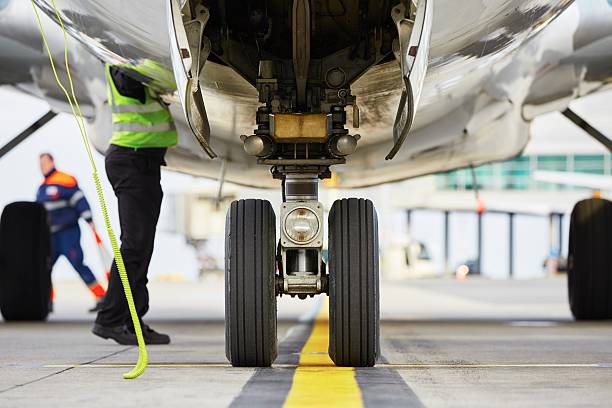The airline industry is a complicated and sophisticated machine with a wide range of things that change to suit the various interests of its customers. Not everyone in the world has the same preference, even when it comes to mainstream things such as flying or boarding a plane to any destination.
There are preferences and choices for everything, which has given rise to many kinds of airline providers in the industry. All of these various providers use a specific kind of methodology for their airline operations, creating all the difference in how they fly, or more accurately, the flying experience they provide.
Airline operations, cost structures, value add services, fleet management, route management, customer services etc., are all key points that differentiate between using a legacy airline network or choosing a low cost airline network.
The Types of Airline Networks
As mentioned above, the key touch points ranging from internal aspects such as airline cost structures, fleet size, route selection etc., to external aspects such as customer services, flying cost, availability of routes/flights etc., make all the difference when it comes to the various airline networks.
Each type of airline network that we see today, be it Etihad, Singapore Airlines, Silk Airways, Emirates, British Airways, Virgin Atlantic, Southwest America, Air Asia, etc., are all different kinds of networks with different approaches toward the experience that they offer and their airline operations in general.
There are 3 major kinds of airline networks in the industry today, and they all differ from each other in many ways both from the airline operations perspective and the customer perspective. Below are the types of airlines networks and their functioning in general:
-
Legacy Network
The Legacy network of airlines refers to the ultra-modern and luxurious airline carriers such as the Emirates, Lufthansa, Southwest America etc., who have been around for as long as the industry has been.
These airline networks have a business and first class that includes a host of customer benefits, such as luxurious meals and private cabins on board, exclusive entertainment facilities, lounge privileges and baggage and boarding privileges.
These networks charge a hefty price for their tickets, but their services, seamless customer experience, and impeccable airline operation methods make up for it. They operate on all major international routes with massive fleet and carrier sizes that aid in providing one stop-flying, creating a swift travel experience for customers.
-
Low-Cost Carrier Network
A low cost carrier network is the definition of flying economically. They offer affordable ticket charges and have a wide range of fleet and flying routes. They also come with some benefits such as meal options, baggage privileges and some value-added benefits for their customers.
The customer experience is always good, and the tickets are never too expensive or disappointing. The routes and flights are always available and easy to plan as well.
-
Ultra Low-Cost Carrier Network
These networks were created to help fly passengers at the lowest cost and for those who are only looking for low prices to fly and need no extra frills such as meals, baggage preference etc.
These carriers are smaller, have preferential routes that connect smaller towns and cities and only a handful of these fly overseas to connecting countries. But their ultra-low-cost flying model with optimized airline operations and swift customer service makes it worth it.

